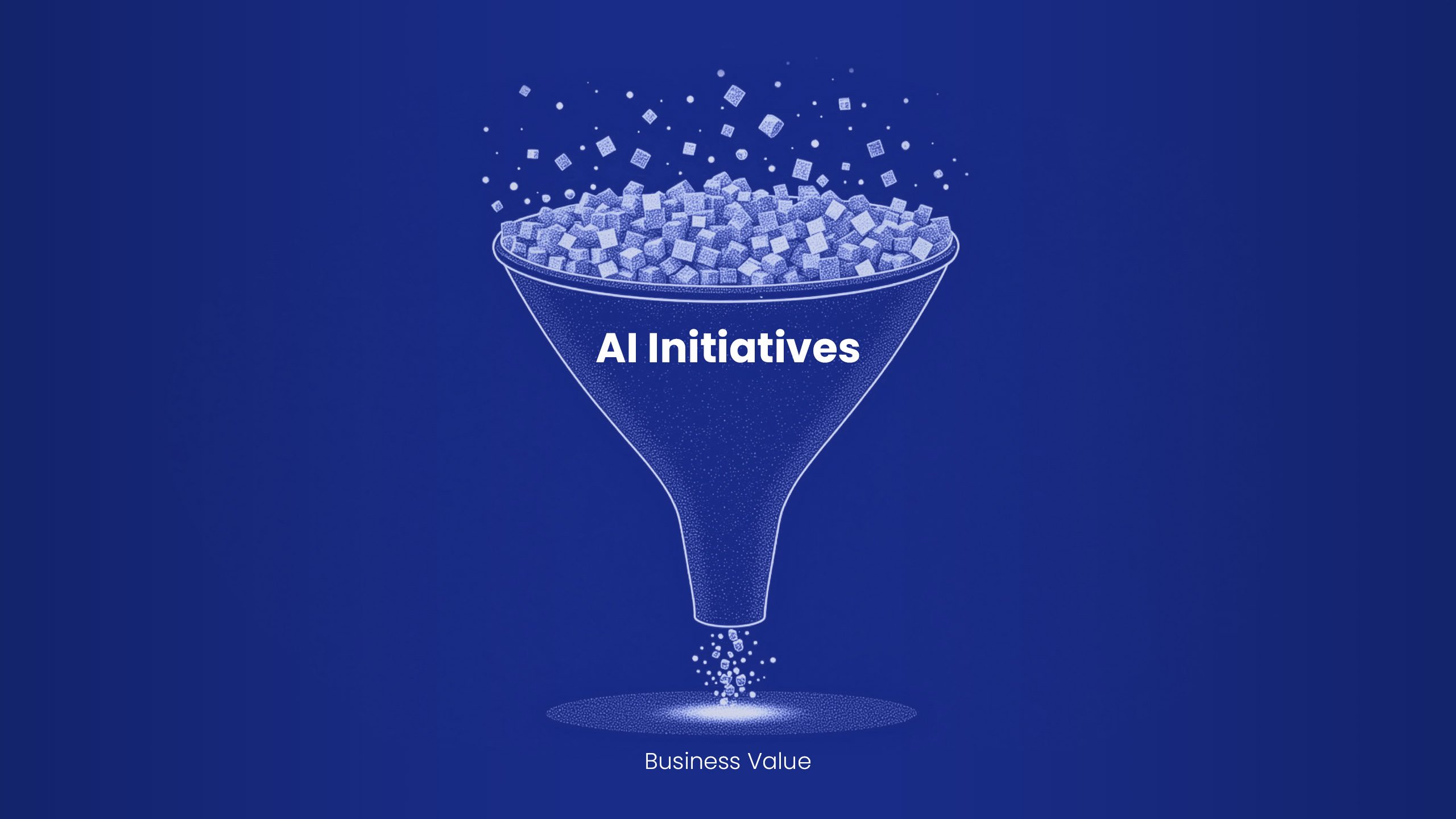Organizations are spending heavily on AI. IDC reports that companies often spend between five to ten million dollars on AI initiatives each year. Yet nearly nine out of ten pilot projects never reach production. The majority of these efforts remain experiments, never advancing into tools that support the day to day work of the business.
This outcome isn’t surprising when one considers the common obstacles. Pilots are sometimes launched without clear objectives or measurable standards for success. In other cases, the data needed to train and sustain the model is either incomplete or not properly managed. Many companies also underestimate the degree of technical and organizational expertise needed to move from a demonstration to a functioning system.
Why Investments Fair to Yield Results
IDC’s research points to several factors that consistently derail pilots:
- Unclear business alignment: Projects are often designed to showcase technology rather than solve a defined problem.
- Data deficiencies: Poor data quality, lack of governance, and siloed systems make reliable model training impossible.
- Limited internal capability. Few organizations maintain the in-house expertise necessary to guide projects beyond the experimental stage.
Other studies reinforce this pattern. A recent report from MIT found that ninety-five percent of generative AI pilots produced no measurable financial return. In contrast, the few that succeeded tended to address highly specific, operational tasks such as automating repetitive back office functions.
Trains of Successful Pilots
Despite the discouraging statistics, there are lessons to be drawn from the minority of projects that do advance:
-
- They begin with a precise business problem, not an abstract ambition.
- They often rely on experienced partners who provide frameworks and structures that internal teams may lack.
- They move in stages, allowing early results to inform subsequent scaling.
- They maintain oversight at the executive level, ensuring that the project remains tied to enterprise priorities.
Moving from Demonstration to Production
For companies that have already invested millions of dollars, the question is how to ensure that the investment does not remain a sunk cost. The path forward is straightforward in principle, though demanding in practice. It requires disciplined project selection, robust data management, and structure that extends beyond compliance into operational accountability.
At Prove AI, our focus is on helping organizations establish these foundations. We provide mechanisms that allow leaders to evaluate whether their pilots are ready for production, to monitor the integrity of the data and models they rely upon, and to ensure that outcomes can be demonstrated with clarity.
The enthusiasm surrounding AI has encouraged many organizations to commit significant resources. Yet investment alone does not guarantee progress. By treating pilots as structured experiments with defined goals, governed data, and executive oversight, companies can move beyond proof-of-concept and achieve production systems that justify their costs.
Interested in learning more about Prove AI? Visit our product page.


